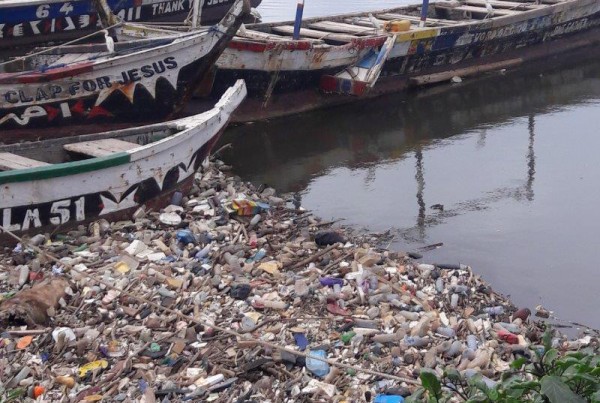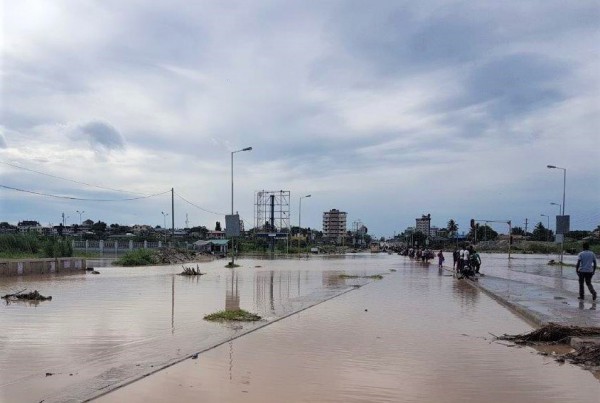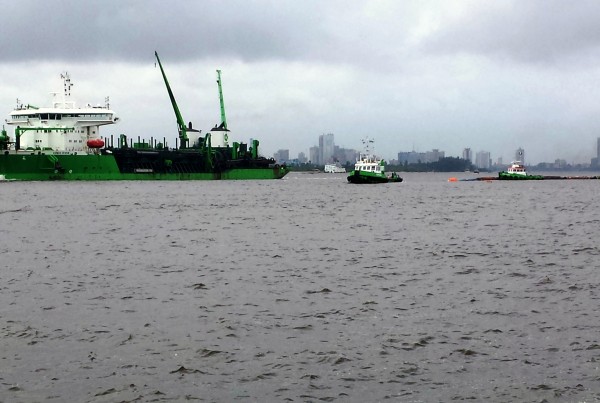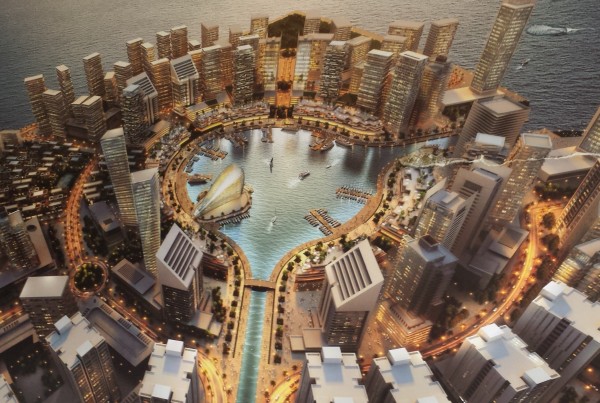
Inland Waterway Transport
CDR knows as no others the importance of flood protection and Integrated Water Resource Management (IWRM), as about two thirds of the country is vulnerable to flooding, while it is among the most densely populated countries on earth.
Natural sand dunes and human-made dikes, dams and floodgates provide defence against storm surges from the sea. River dikes prevent flooding from water flowing into the country by the major rivers Rhine and Meuse, while a complicated system of drainage ditches, canals and pumping stations keep the low lying parts dry for habitation and agriculture, the so- called polders, which are also famous parts of the Dutch history and are controlled by the water boards. See also www.hydrology.nl.
In more recent years, the focus of the Netherlands IWRM policy is shifted from ‘fighting against water’ to ‘living with water’ thereby relying less on continuous reinforcements of dikes and sea defence structures. As part of the ‘room for the river’ approach, many floodplains have been re-planned and increasing the hydraulic discharge and allowing for more nature zones.
Typical items included in the Netherlands flood protection and IWRM projects are:
- Rivers, canals, floodplains
- Dikes, dams and embankments
- River training works, revetments, groynes
- Storm barriers, outlet structures, adjustable weirs, pumping stations
- Polders and rural drainage systems
Approach
In our approach we aim at both hard and soft engineering solutions.
Combining a thorough understanding of the actual situation, based on know-how and experience, we will only use the numerical models as a tool to analyse in more detail the cause of any flooding problems or risks and define alternative solutions.
Quantification of the flood risk is done by state-of-the-art numerical models which are powerful tools. We combine the traditional knowledge on the Netherlands IWRM plans with new and innovative solutions. Upon identification of the technical solution we manage the individual project. The CDR involvement depends on the preference of the client as the projects may be carried out as design & construct by contractors. We often assist contractors in the tender phase to prepare a winning bid and to finalize the detailed designs.
For the detailed designs, we often use 3D drawings or DTMs (Digital Terrain Models), so designs can go as direct input for construction equipment with DGPS systems. This in particular is interesting for projects with large scale earth works and construction below water level.
Services
CDR provides the following services in the field of Flood Protection and IWRM:
Numerical Modelling and Statistical Analysis
Depending on the area and typical situation, we can offer the following modelling studies, using well known software of MIKE or DELFT / SOBEK suite. Other options like HEC-RAS or other open source programmes will be considered depending on the client’s requirements:
- 1D model studies for polder and drainage, including rainfall-runoff modelling
- 2D model studies for rivers, including floodplains, lagoons and estuaries
- Statistical analysis of measured data and defining of extreme design conditions
- Flood risk mapping (GIS or as part of the hydraulic model, to define the areas vulnerable for flooding in relation to the extreme conditions)
- Inundation modelling (identifying the impacts of dike or dam breaches)
We can prepare the preliminary design and detailed design including geotechnical and structural analysis and the tender documents.
Feasibility Studies and Conceptual Design
Feasibility of solutions will be based on:
- Technical options
- Environmental and social impacts
- Costs and operation& maintenance
Flood / Disaster Risk Reduction (DRR)
As the river basins are often densely populated or used for agricultural purposes, nowadays more often attention is given to flood risk assessment and flood risk reduction.
An integrated approach is recommended to achieve sustainable development of the basin, while maximizing the net benefit from the floodplains or the river basin. Important part of this approach is effective operating of the flood control structures in the system, reliable forecasting of floods and early warning measures.






